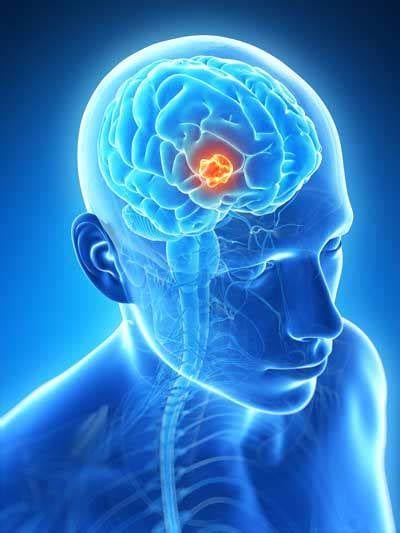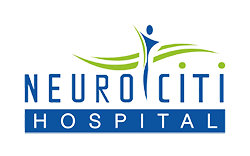Endoscopic Pituitary Surgery in Ludhiana, Punjab
Who is a suitable candidate for Endoscopic pituitary surgery?
The candidate is suitable for the surgery if they have:
- Pituitary adenoma: Tumor growth begins in the pituitary gland which might be hormone-secreting or not.
- Rathke’s cleft cyst: It is a type of benign cyst or sac filled with fluid. It is present between the posterior and anterior lobes of the pituitary gland.
- Craniopharyngioma: The tumor growth starts around the pituitary stalk and it may even go near the 3rd ventricle. The growth is benign.
- Meningioma: The tumor growth starts around the spinal cord and brain.
- Chordoma
Important Note
In case of a prolactinoma or a small (<10mm) non-secretory tumor, then surgery is not suggested. In case, medications are suggested to the patients.

What are the reasons to perform endoscopic pituitary surgery?
- Hormone-secreting tumors
- Non-Hormone-secreting tumors
- Cancerous tumors
What happens before the endoscopic pituitary surgery?
At Neuro Citi Hospital, the well-trained & skilled endocrinology expert will assess your condition. He has the understanding to check the glands and hormones. The doctor might check the vision before surgery. Here’s what you need to do before the surgery:
- Stop drinking and eating after midnight on the night during surgery
- The doctor will suggest to you the medications which you need to stop taking. If you want to take any then consult the expert.
- You need to get a chest X-ray, blood test, and heart rhythm test.
- If you have had any infections in the past, then make sure to tell your doctor.
- You need to get your skin washed with CHG (Hibiclens) or Dial soap. It reduces the chances of infection and kills the bacteria.
What do you need to do on the day of surgery?
- Take shower with antibacterial soap
- Wear loose-fitting clothes
- Do not drink, eat food, or eat any candy
- Wear comfortable shoes
- If the doctor has suggested you take any medication, then take a small sip of water.
- Remove nail paint, any accessory, makeup, or contact lens.
What happens during endoscopic pituitary surgery?
| Step 1: Getting ready for surgery |
|
| Step 2: Make an Incision |
|
| Step 3: Opening of Sella |
|
| Step 4: Take out the tumor |
|
| Step 5: Get the fat graft (Optional) |
|
| Step 6: Closing the sella opening |
|
What happens after endoscopic surgery?
After the surgery, you may need to do a hospital stay of 1 or 2 days, depending on your condition. During your stay, the nurse will help you with dressing, bathroom assistance, or any other thing. You can take your normal diet as early as possible, but make sure that you take all the fluids. The doctor will give you the green signal when you are allowed to walk. Once you go back to your home, you need to do the following things:
- Take the pain medication as suggested by the doctor
- You should not put excess stress on the body or do any unwanted activity which leads to strain.
- Make sure you visit the doctor for follow-up checkups. You need to visit at least 2 to 4 times.
- Get the MRI, as suggested
- Get the visual examination
- Make sure you get up and walk for 5 to 10 minutes, every 3 to 4 hours.
- Make sure you consult the doctor when you need to drive, walk, or fly.
- You should not blow your nose. If you want to cough or sneeze, do it with your mouth.
- Do not smoke or drink as it increases the healing time.
- You can take shower, but one day after the surgery.
What are the emergencies to call the doctor?
- Loss of vision or blurry/double vision getting worse with time, loss of peripheral vision.
- Seizure
- Fever over 101.5° (Not getting down by Tylenol)
- Nose bleeding that does not stop.
- Excessive thirst, even after drinking water.
- Frequent urination
- Signs of incision infection.
- Rash or itching at the incision.
- Swelling and tenderness in the calf of one leg.
- Increased drowsiness, vomiting, confusion, nausea, or headache.

